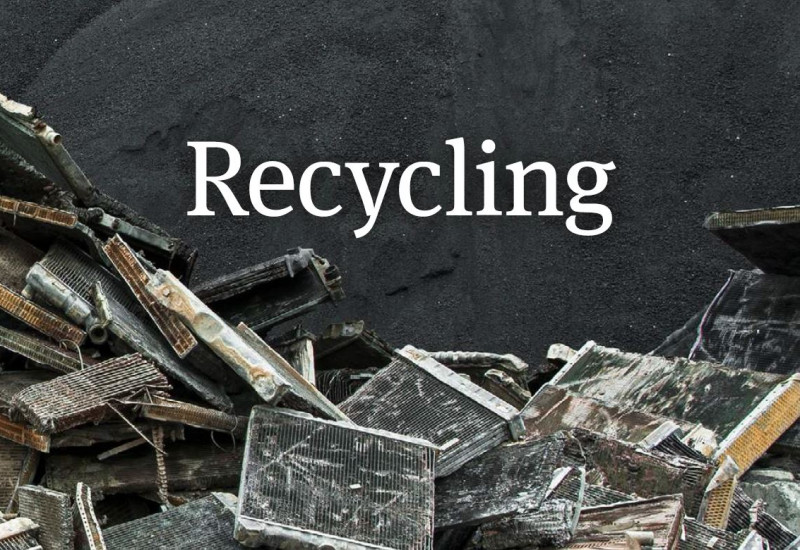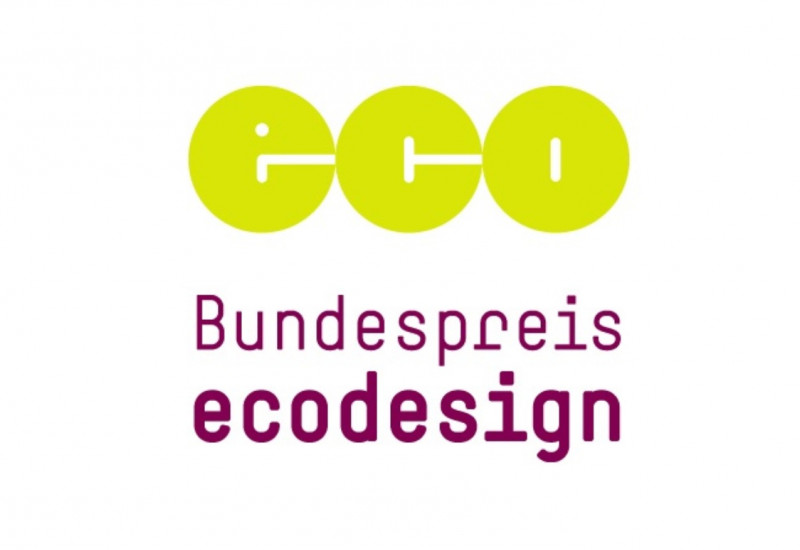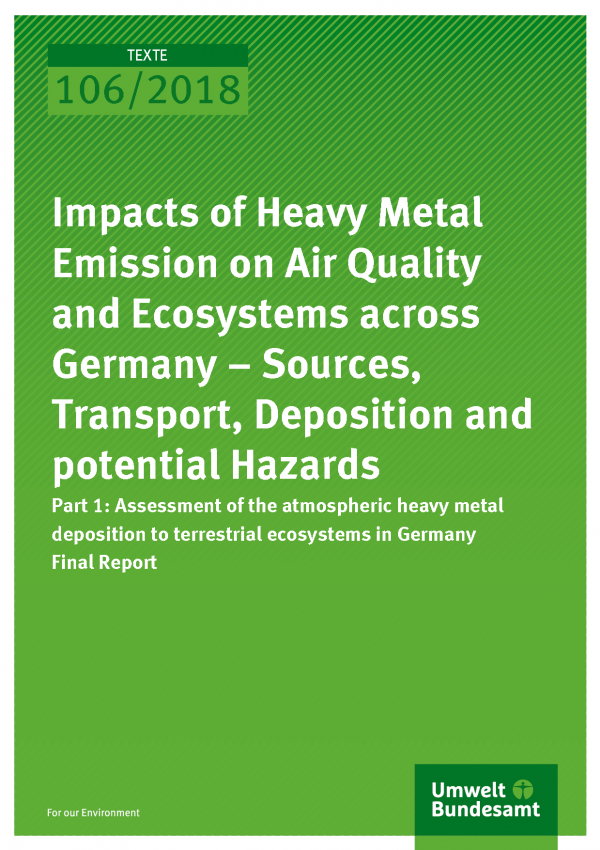Nitrogen dioxide limit value exceeded in many cities again in 2018

In cities, traffic is the biggest source of NO2.
Source: Kai Krueger / Fotolia.com |
In 2018, the level of air pollution by nitrogen dioxide in Germany declined slightly compared with the previous year. Despite this, the limit value of 40 micrograms of nitrogen dioxide per cubic metre of air was exceeded at approximately 39 percent (2017: 45 percent) of the traffic-orientated measuring stations. These are the findings from the preliminary evaluation of the measurement data from 2018 of the federal states and the UBA.
President of the UBA, Maria Krautzberger: “The limit value since 2010 is still being exceeded in many German cities. This poses a health risk to their inhabitants. The primary source is road traffic and Diesel cars in particular, which have excessively high rates of emissions of nitrogen dioxide. Action must finally be taken in this area: these vehicles need to be retrofitted with effective catalytic converters – and at the expense of the polluter, i.e. the automotive industry. Clean cars are necessary to keep the air quality at a high standard and to prevent bans on certain motor vehicles with bad emission rates. Both the technology and the statutory regulations on the retrofitting are available and need to be put to use rapidly. After all, with the current measures it will take too long for us to have clean air everywhere.”
The UBA rates the questioning of the limit values for nitrogen dioxide and particulate matter – which has taken place in recent discussions – as not helpful. They are required to protect sensitive people, such as people who suffer from asthma as well as children and old people. Contrary to some recent media reports, the scientific basis on the harmful effects of air pollutants is more solid than ever before. Overviewing the current state of science, the necessity to regulate air pollutants such as particulate matter more strictly is also clear.



























